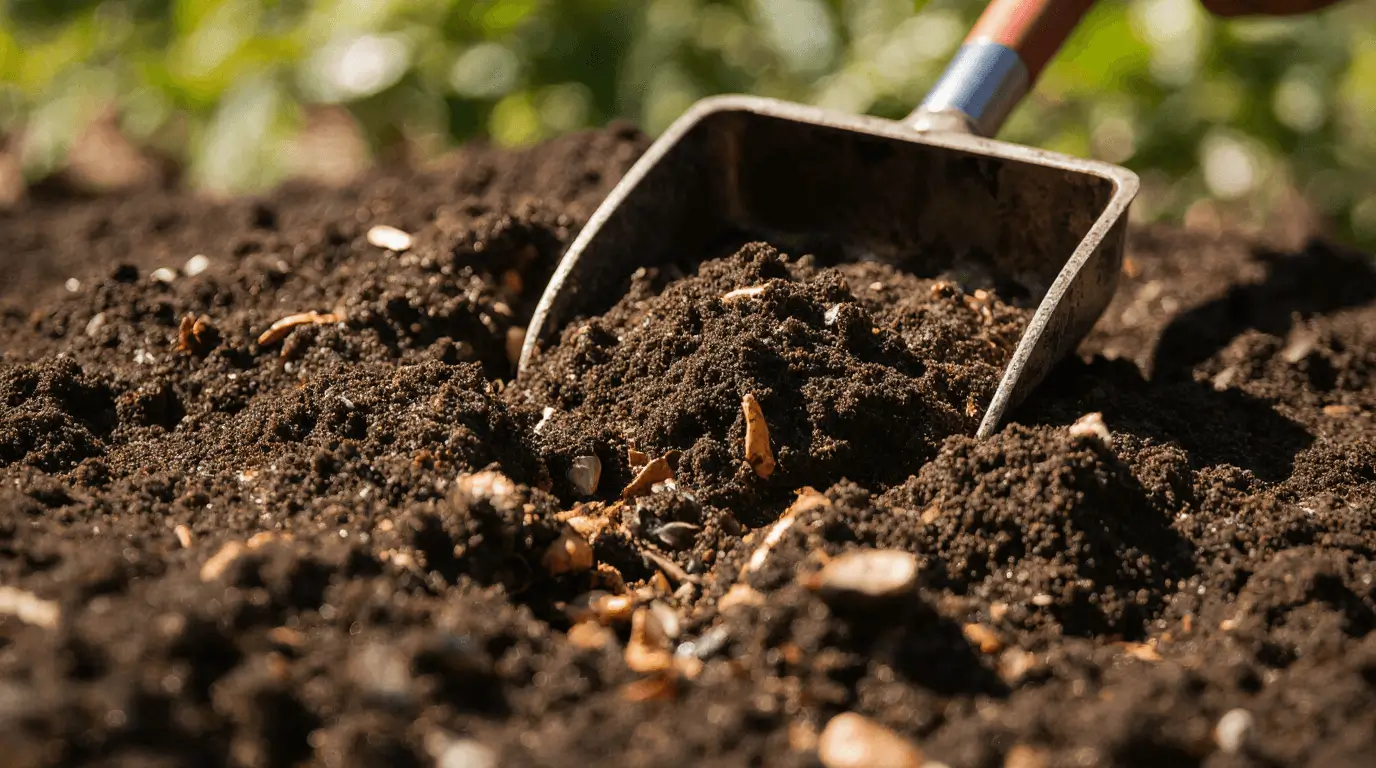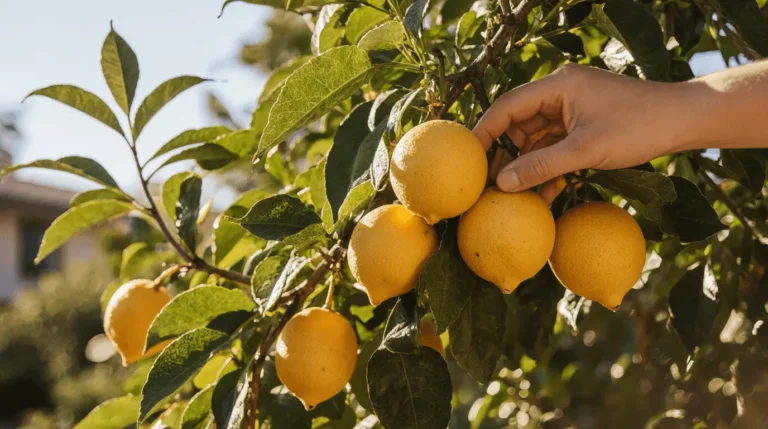When I first planted a Jamaican cherry tree, also known as Muntingia calabura, I was drawn by its rising popularity among gardeners and fruit lovers. This Jamaican cherry tree adds a charming touch to home gardens and edible landscaping, whether in big gardens, smaller areas, or even on balconies with potted cherry trees. Its tiny size makes it easy to manage, while its fast-growing nature brings quick rewards. The Jamaican cherry tree thrives in a warm climate with plenty of sunlight, making it ideal for anyone passionate about tropical gardening or fruit cultivation.
What I love most about Jamaican cherries is how they offer both beauty and health benefits. The tree produces tasty fruits packed with vitamins and antioxidants, making them a nutritious snack with therapeutic qualities that aid digestion and support general health.
With regular maintenance and attention to Jamaican cherry tree care, this compact tree becomes a centerpiece of any home orchard. It not only contributes to the charm of your space but also provides wonderful environmental benefits, proving that exotic plants can bring both pleasure and purpose to your gardening journey.
“For more natural healing plants, explore the amazing uses of soursop leaves and their health benefits.”
Tips for growing and caring for Jamaican trees
Choosing the Right Location
When I first started growing Jamaican cherry trees, I quickly learned that selecting an ideal site is essential for their health and production. A good location should receive enough sunshine or direct light—about 6 to 8 hours every day—to help the trees grow strong and fruit well.
During my own planting, I made sure to check the pH level and soil condition, aiming for preferred soils that drain well and stay between 6.0 and 7.0, which is slightly acidic to neutral. Avoiding waterlogged regions is key because too much moisture can stunt growth and damage roots. I found that loamy soil or sandy soil provides the adequate drainage these trees need to thrive in a suitable environment.
While planting, remember to maintain appropriate spacing—around 15 to 20 feet or 4.5 to 6 meters—to promote airflow and ventilation. Giving your trees enough room to grow ensures healthy root growth and prevents crowding. This careful site selection and attention to detail allow the trees to flourish naturally, turning your garden into a productive and balanced tropical space.
“Like olive trees in Florida, Jamaican cherry trees also love sunlight and well-draining soil for strong growth.”
Jamaican Cherry Tree Planting
When I first began planting Jamaican cherry trees in Florida, I realized how much proper preparation and care can help them thrive. The best time to plant is during spring or early summer, when the weather is mild enough for the tree to lay down roots before winter.
Avoid hot weather and chilly weather, as extreme temperatures can slow the planting process. Start by digging a hole that’s twice as broad and deep as the root ball, then remove rocks, plants, and other objects around the area. I always loosen soil and mix in compost or other organic material to improve fertility and drainage, ensuring the environment stays balanced for healthy growth.
When placing the tree, set it in the center of the hole so that the root collar sits slightly above the soil line. Afterward, properly water the soil to help it settle and keep the roots moisture steady. Adding organic mulch around the base helps stop moisture collecting near the trunk while still protecting the ground.
For the first two weeks, water often to support root development and stability. Careful tree placement, enough space, and regular watering make all the difference in helping your tree adapt to its new home and achieve strong, lasting growth.
Watering and Managing Moisture
When I first started growing Jamaican cherry trees, I quickly learned how important it is to water them constantly, especially during dry spells. These trees thrive best in soil that stays regularly wet but also has good drainage to prevent root issues.
I usually water my plants often and generously, letting the moisture soak down to the root zone. Depending on the weather, it’s best to water slowly and deeply about once or twice each week to maintain a healthy balance. Always check the moisture levels of the soil and watch for symptoms of overwatering or under-watering, as both can affect plant health. Keeping up with watering frequency, proper irrigation, and consistent care will ensure your trees stay well-hydrated in all climate conditions.
Fertilizing
When I started growing Jamaican cherry trees, I learned that if you want fast-growing cherry trees, you must fertilize them properly and at the right time. Begin by testing the soil to identify any nutritional imbalances or inadequacies, as understanding your tree’s fertilization requirements is key.
Pay attention to nutritional shortages like iron, phosphorus, or nitrogen, which are vital nutrients for healthy development. You can use natural fertilizers, artificial fertilizers, or even organic choices such as compost, well-rotted manure, or organic fertilizer mixtures for better soil enrichment and nutrient balance.

Apply the selected fertilizer in early spring before new growth begins, and always follow the prescribed dose and application guidelines to support plant nutrition. A consistent feeding schedule ensures a steady growth boost, helping your trees maintain strong roots and lush foliage all year long.
“For gardeners who love quick-growing fruit trees, check out these fast-producing fruit trees and vines perfect for home gardens.”
Conclusion
Fertilizing Jamaican cherry trees is all about balance and timing. By providing the right mix of nutrients and maintaining regular care, your trees will not only grow faster but also yield healthier fruits. Whether you prefer organic choices like compost and well-rotted manure or use artificial fertilizers, staying consistent with your feeding schedule is the secret to long-term success.
“According to Plants for a Future, Jamaican cherry trees are drought-tolerant once established and provide edible fruits rich in vitamins and antioxidants.”

Read Also:
- Gardening & Plant Care Guide for Thriving Plants
- Tropical Fruit Trees: Grow Exotic Paradise at Home (Guide)
- Natural Healing & Wellness: Nature’s Remedies Guide
FAQs
- How often should I fertilize Jamaican cherry trees?
Fertilize your trees two to three times a year—ideally in early spring, mid-summer, and early fall—to maintain strong growth and continuous fruiting. - Which fertilizer is best for Jamaican cherry trees?
Use a balanced fertilizer rich in nitrogen, phosphorus, and iron. You can also go for organic fertilizer mixtures or compost for natural soil improvement. - Can I use household compost instead of commercial fertilizer?
Yes, compost is a great organic choice. It enhances soil enrichment and helps retain moisture while providing essential nutrients naturally. - What happens if I over-fertilize my Jamaican cherry trees?
Over-fertilizing can cause root burn or nutrient imbalance, slowing down growth. Always follow the prescribed dose and application guidelines for safe results. - Is fertilizing necessary for young trees?
Absolutely. Young Jamaican cherry trees need proper plant nutrition early on to establish strong roots and ensure healthy new growth during the first few years.




